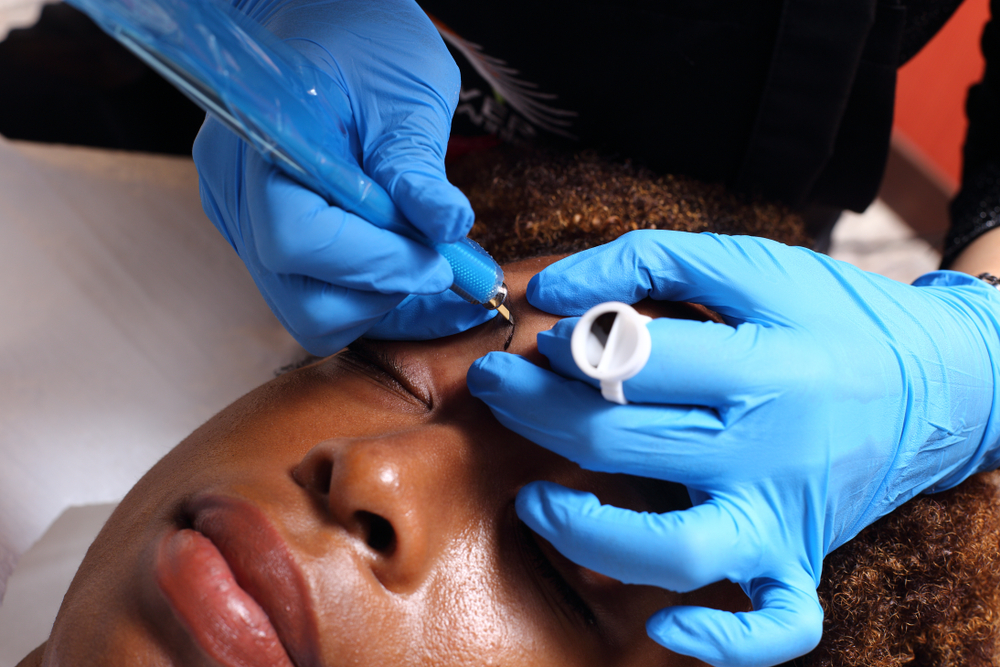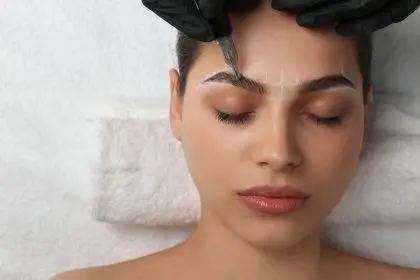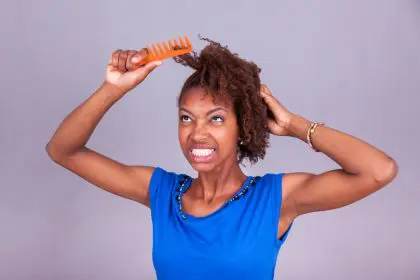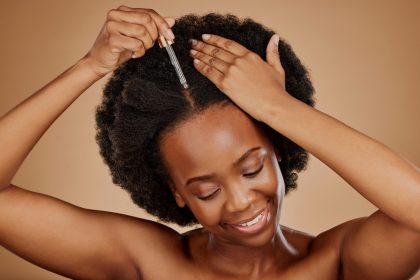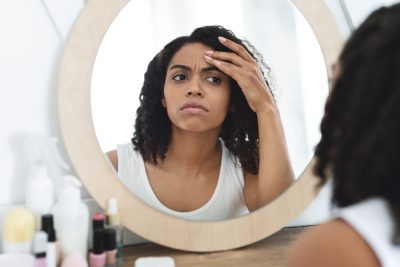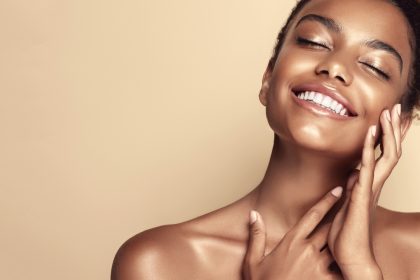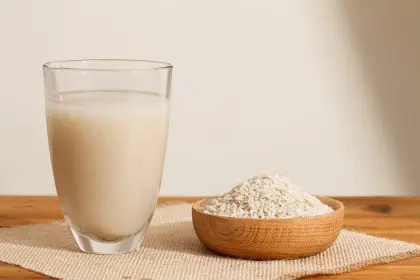The pursuit of perfectly shaped eyebrows has taken a new turn with the emergence of innovative semi-permanent makeup solutions. As beauty trends evolve, more people are seeking ways to simplify their daily routines while maintaining a polished appearance.
While both microblading and microshading offer ways to enhance brows, each technique serves different needs and skin types. Understanding these differences helps in making informed decisions about eyebrow enhancement, ensuring results that align with both aesthetic goals and lifestyle requirements.
The microblading approach
Microblading creates hair-like strokes using a manual tool equipped with fine needles. This technique deposits pigment just beneath the skin’s surface, mimicking natural eyebrow hair growth patterns. The process allows technicians to craft customized brow shapes that complement facial features while maintaining a natural appearance.
The results typically last between 12 and 18 months, depending on skin type and aftercare routines. This technique particularly suits those seeking to fill sparse areas or create definition while maintaining a natural look. The hair-stroke effect provides dimension and depth that blends seamlessly with existing brow hair.
The microshading technique
Microshading employs a different approach, using a stippling method to create tiny dots of pigment. This technique produces a soft, powdered effect that resembles professionally applied makeup. The process can utilize either manual tools or specialized machines, offering versatility in application methods.
This method often proves more suitable for those with oily skin, as the dotting technique helps maintain pigment placement more effectively. Results can last up to two years, making it an attractive option for those seeking longer-lasting enhancement.
Skin type considerations
Skin type plays a crucial role in determining treatment success. Dry skin typically responds well to microblading, maintaining crisp, defined strokes over time. Oily skin often achieves better results with microshading, as the powder effect remains more stable in these conditions.
Combination skin might benefit from a hybrid approach, incorporating elements of both techniques. This customization allows technicians to address various skin concerns while achieving desired aesthetic results.
Recovery and maintenance
The healing process varies between techniques. Microblading typically requires up to four weeks for complete healing, during which the pigment may undergo color changes and slight fading. Microshading often has a shorter recovery period of two to three weeks, with less intensive aftercare requirements.
Both procedures require careful attention during healing. Avoiding excessive moisture, refraining from picking at scabs, and following prescribed aftercare routines helps ensure optimal results. Regular touch-ups maintain the enhancement, typically scheduled every 12-24 months.
Investment considerations
Treatment costs vary by location and technician expertise. Microblading generally ranges from $300 to $600, while microshading might command higher prices due to its technical nature and longer-lasting results. These investments include initial treatments and necessary touch-ups.
The long-term value extends beyond monetary considerations. Both options eliminate daily brow makeup application, saving time and ensuring consistent appearance throughout activities and weather conditions.
Lifestyle compatibility
Personal style preferences and daily routines influence treatment choice. Microblading suits those preferring subtle enhancement and natural-looking results. The hair-stroke technique creates dimension while maintaining a minimalist appearance.
Microshading appeals to individuals seeking a more defined, makeup-like finish. This technique provides fuller coverage and dramatic results, ideal for those who regularly apply brow makeup for a polished look.
Making the choice
Selecting between microblading and microshading requires careful consideration of several factors. Skin type often determines technical success, while personal style preferences guide aesthetic decisions. Consulting with experienced practitioners helps evaluate these factors and choose appropriate enhancement methods.
Both techniques offer paths to enhanced brows, each with distinct advantages. Understanding individual needs and expectations helps ensure satisfaction with chosen treatments. Whether opting for natural-looking strokes or powder-like fullness, these semi-permanent solutions provide lasting eyebrow enhancement.
This story was created using AI technology.

